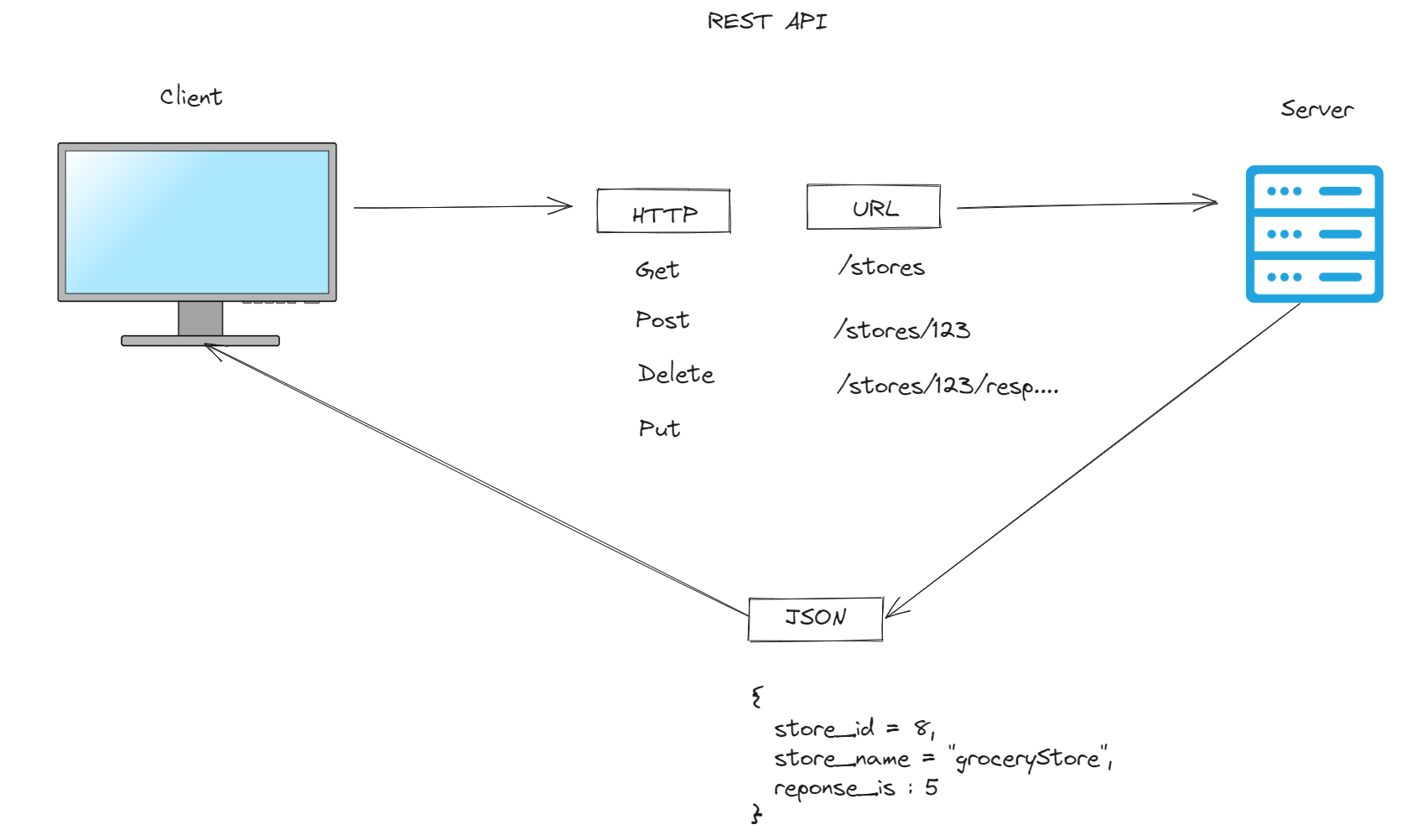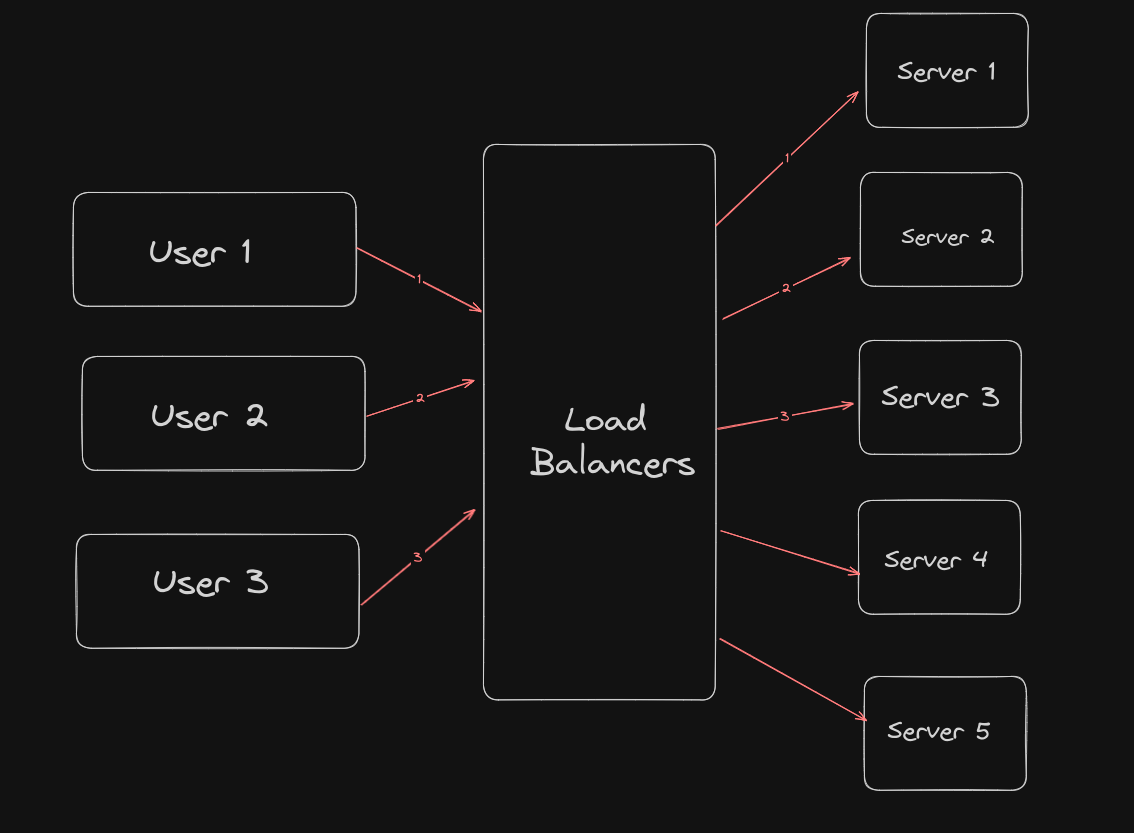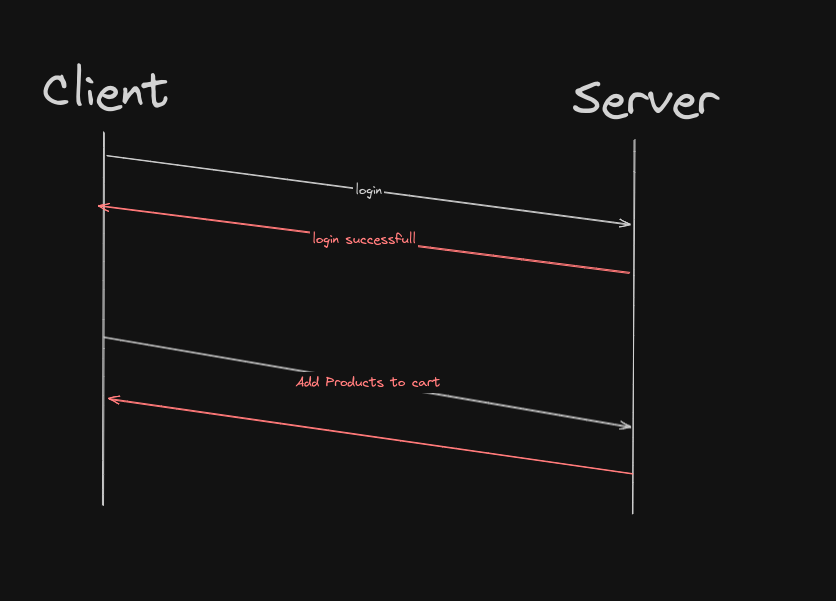Calling third party Api and exception handling
Topics to be covered:¶
- REST APIs
- REST API Best Practices
- Integrating FakeStore API
- Writing Models for our Product Service
REST API¶
Introduction¶

- Definition:
REST API (Representational State Transfer Application Programming Interfaces) is a set of principles and conventions that allows different software systems to communicate over the internet. It is widely used to interact with web services.
- Core Concept:
When an API call is made, the state of an entity is being transferred. REST APIs have become a standard method for software systems to exchange data over the web.
REST API Best Practices¶
Centralization Around Resources¶
- Resources as Central Concept:
In RESTful API design, resources (e.g., users, products, orders) represent entities in the system.
- Endpoint Structure:
API endpoints should be organized around these resources, with interactions performed using HTTP methods:
GET- Retrieve a resourcePOST- Create a new resourcePUT- Update an existing resource-
DELETE- Remove a resource -
Endpoint Naming:
Use nouns in endpoints rather than verbs. For example, use https://mysite.com/posts instead of https://mysite.com/getPosts.
Statelessness of REST APIs¶
- Concept:
Each API request should be independent and self-sufficient, containing all the necessary information to be processed by any server without relying on previous interactions.
Key Principles:
-
API Request Servicability:
- Requests should be handled by any available server through a load balancer, ensuring uniformity and quick processing.
- Architecture Overview:
- The user's request is sent to a load balancer.
- The load balancer forwards the request to any available server (e.g., server-1 or server-5).
- Result: Servers should not store any session-specific data, which should instead be handled by a central database accessible by all servers.

- Self-Sufficient API Requests:
- Example: A user logs in via server-1, but subsequent requests might be routed to server-5. Server-5 won’t know if the user is logged in unless proper credentials (like tokens) are passed with the request.
- Implementation: All APIs should include necessary credentials (e.g., tokens) to ensure they can be processed independently.

-
Avoiding Chatty APIs:
- Misconception: API endpoints do not need to mirror database tables.
- Best Practice: The API should expose only the necessary data and functionality, possibly involving data transformation within the API layer, without exposing the database structure.
-
Independence of Response Data Types:
- Data Formats: RESTful APIs typically use JSON and XML, which are standard, easily parsed data formats ensuring interoperability between systems.
- Documentation: Clearly specify the data formats used in your API documentation to avoid confusion.
- Alternative Format: Proto (protocol buffers) is another format, more machine-friendly than human-readable, enabling faster responses.

FakeStore API¶
Introduction & Usage¶
- Purpose: To simulate database interaction when you are not yet proficient in database handling via code.
- Tool: We will use FakeStore API as a proxy server.
- Application: The API will serve as a placeholder, enabling us to build our product service by calling this third-party API while also preparing to interact with an actual database in the future.
Writing Models for Our Product Service¶
Defining Models¶
- Purpose:
Models define the structure and relationships of data within your application. For a product service, typical models include: - Product: - Categories - Name - Description - Additional attributes as needed - Category: - ID - Name
